DreamBox Maths’ manipulatives for Key Stage 2
A common challenge faced by teachers is getting their pupils to understand the why behind mathematical concepts, and moving away from simply getting to the right answer by relying on recall.
The use of manipulatives to reveal mathematical structures and develop that understanding has been key, with the EEF’s Improving Mathematics in Key Stages 2 and 3 report highlighting their benefits and sharing guidance to educators such as:
- Manipulatives can be used to support pupils of all ages – decisions regarding manipulatives should be made based on knowledge and understanding, not age.
- Manipulatives can be powerful tools to engage with mathematical ideas. However, they need to be used purposefully and appropriately to have an impact.
- Manipulatives should act as a ‘scaffold’, which can be removed once independence is achieved.
DreamBox Maths' manipulatives alignment with KS2 curriculum and EEF guidelines
One of the standout features of DreamBox Maths is its use of interactive digital manipulatives that bring mathematical concepts to life - vital for deepening conceptual understanding athey cross the KS2 curriculum. Over 30 digital manipulatives have been carefully selected to model mathematical structures targeted to a pupil's ability level while also presented in an engaging, age-appropriate environment - even if they are working pre-key stage.
The hyper-adaptive nature of the programme means it not only personalises learning journeys based on lesson outcomes - it also has in-lesson personalisation based on how pupils interact with each question. Therefore, when a pupil is showing good understanding within a lesson, it will automatically and appropriately reduce the level of scaffolding within the manipulative. Equally, if a pupil is continuously struggling, the programme will provide encouragement, additional support and added scaffolds.
Manipulatives include:
- Rekenreks (wreck and wrecks): Support number sense, subitising and composing/decomposing numbers.
- Ten frames: Anchor numbers to ten. Build place value and bridging strategies.
- Arrays and area models: Visualise multiplication, division and area.
- Decimal dials: Represent decimals and fractions with precision.
- Place value blocks (packing/exchanging): Develop deep understanding of addition, subtraction and number structure through visual regrouping.
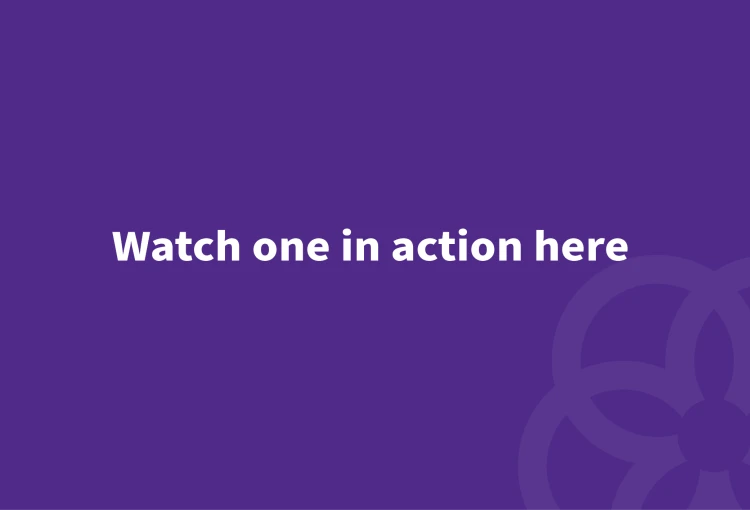
These tools support multiple strategies per concept, not just procedural calculation - meaning students explore why maths works, not just how.
We started decimals just before DreamBox Maths, and it was hard at first. But the dials [manipulatives] in the programme helped me see how decimals work.
How the digital manipulatives map to KS2 domains
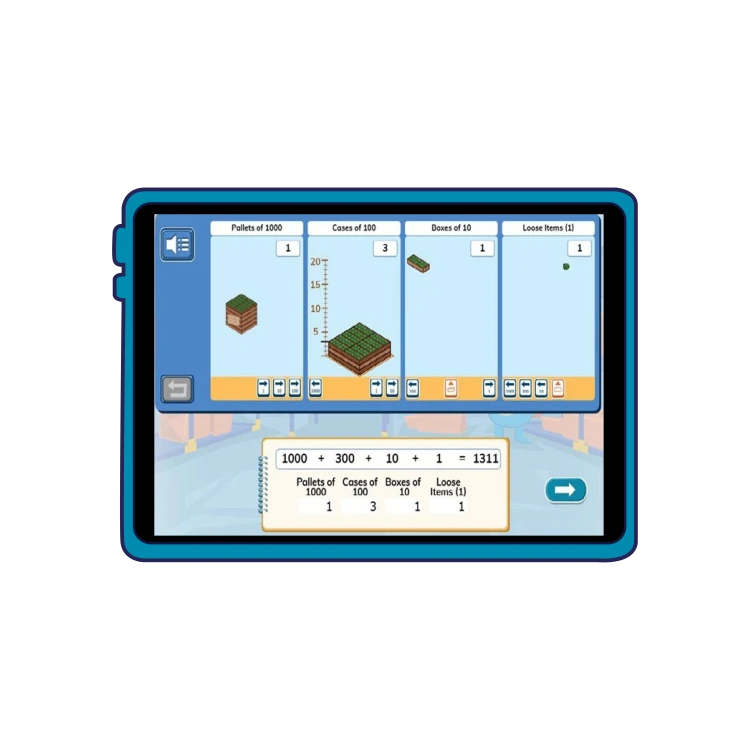
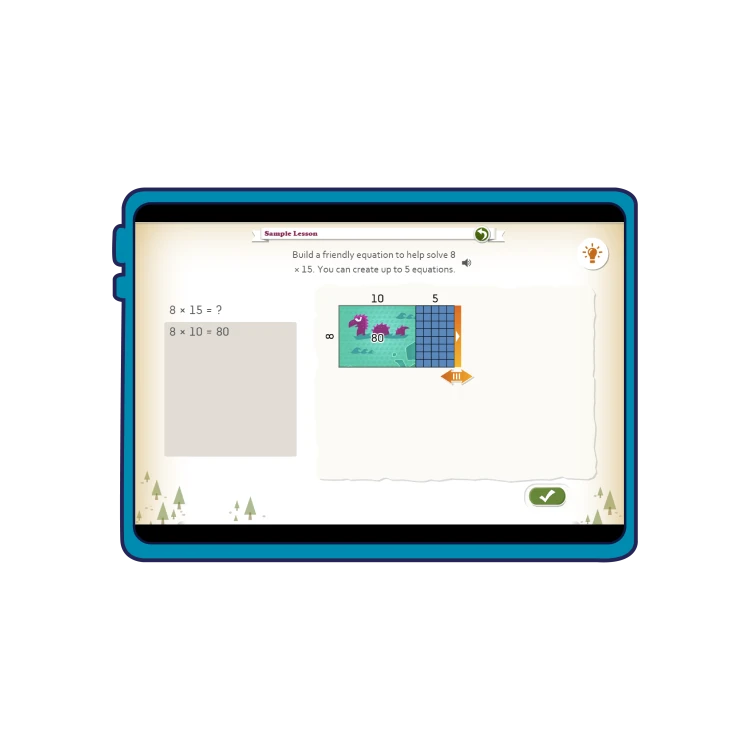
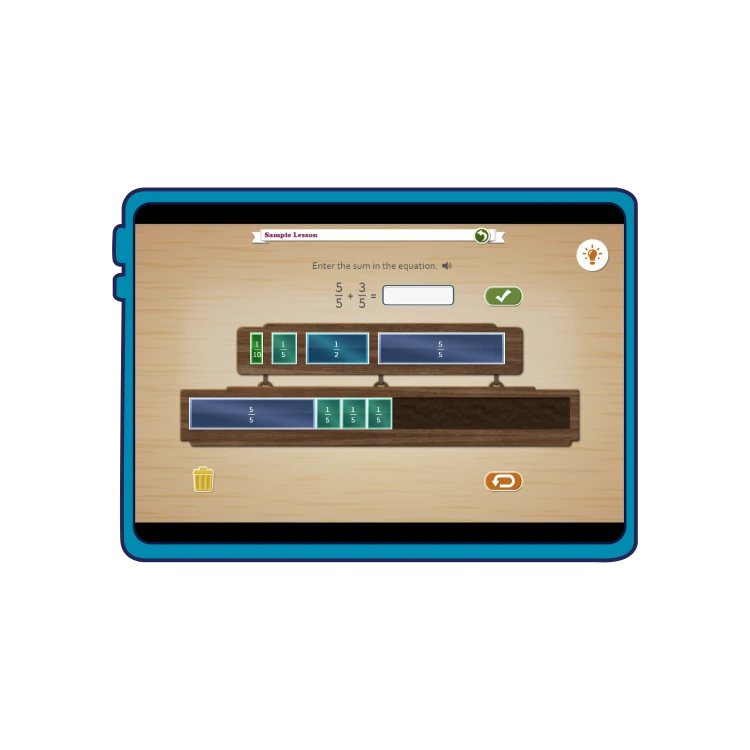
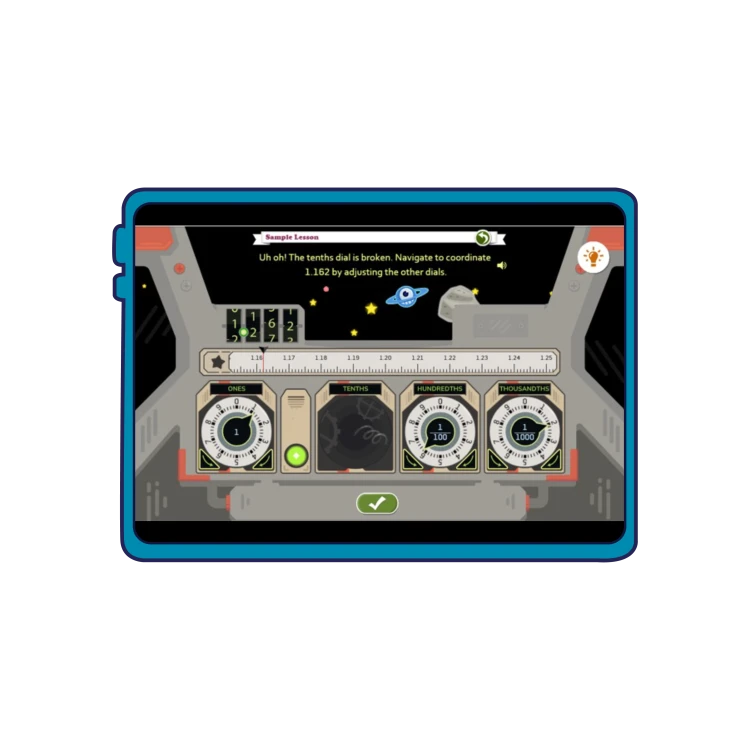
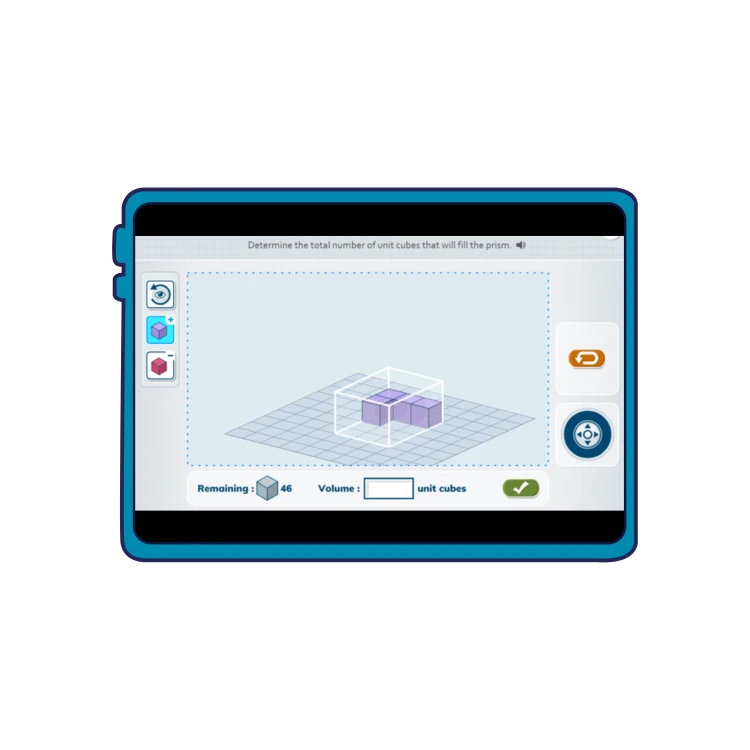
Number and place value
Curriculum focus: Understanding value of digits, comparing and rounding.
DreamBox Maths’ manipulatives
- Place value blocks (packing/exchanging).
- Number lines.
- Ten frames.
- Rekenreks.
Four operations
Curriculum focus: Mental/written methods, multi-step problems.
DreamBox Maths’ manipulatives
- Place value grids.
- Arrays.
- Open number lines.
Fractions – Four operations
Curriculum focus: Adding/subtracting/multiplying/dividing fractions.
DreamBox Maths’ manipulatives
- Fraction tiles and circles.
- Decimal dials.
- Area models.
Fractions – FDP equivalence
Curriculum focus: Converting and comparing FDP.
DreamBox Maths’ manipulatives
- Decimal dials.
- Bar models.
- Number lines with fractions/decimals.
Measurement
Curriculum focus: Units, perimeter, area and volume.
DreamBox Maths’ manipulatives
- Area/array models.
- Rulers.
- Tiling visuals.
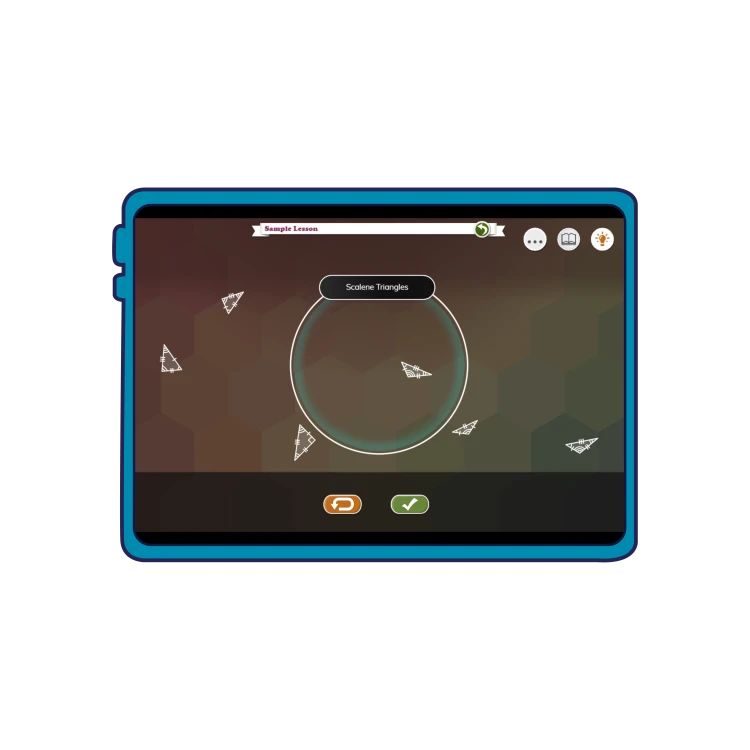
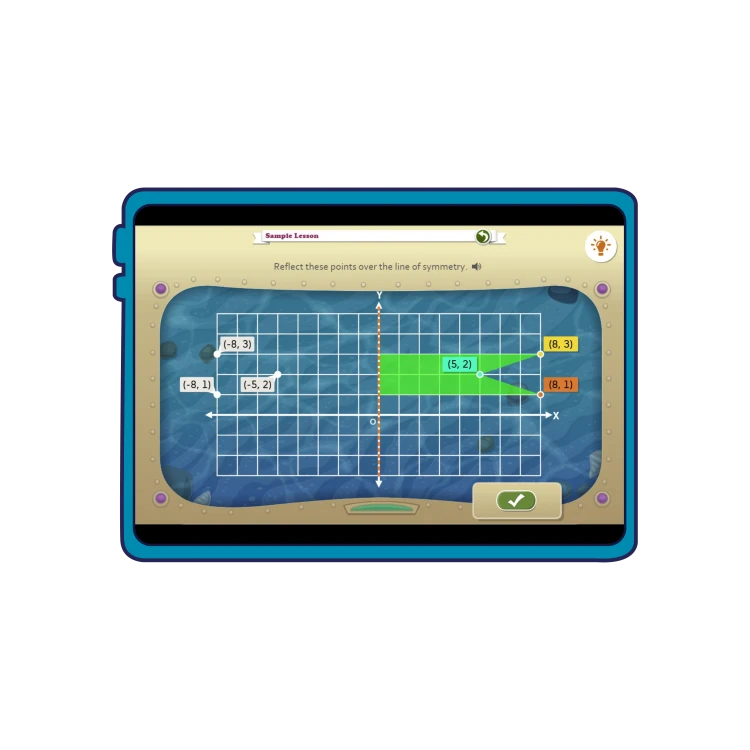
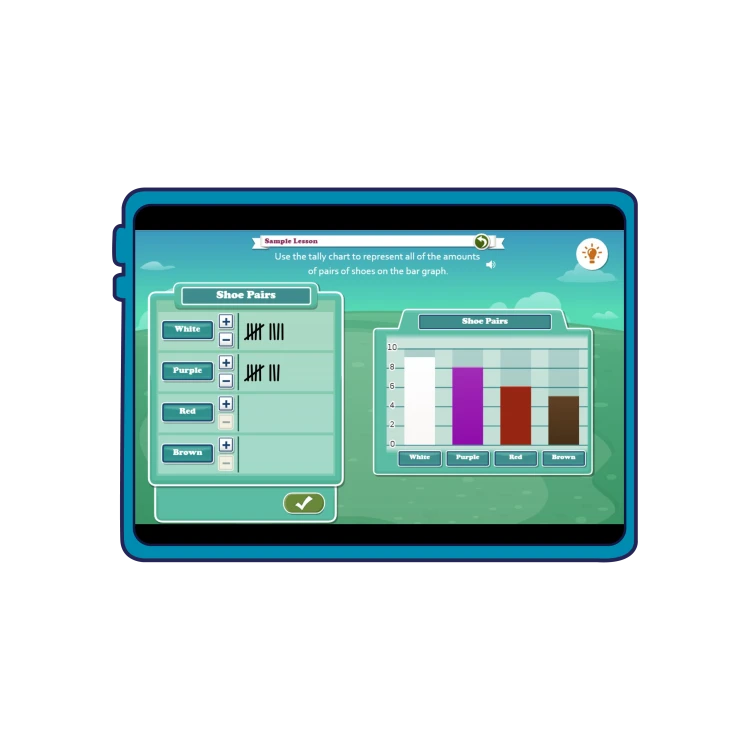
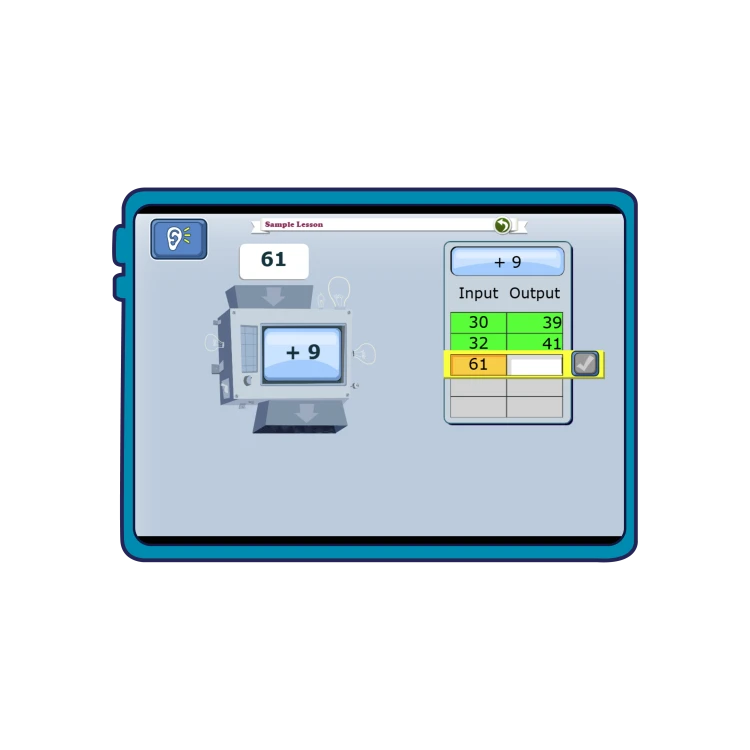
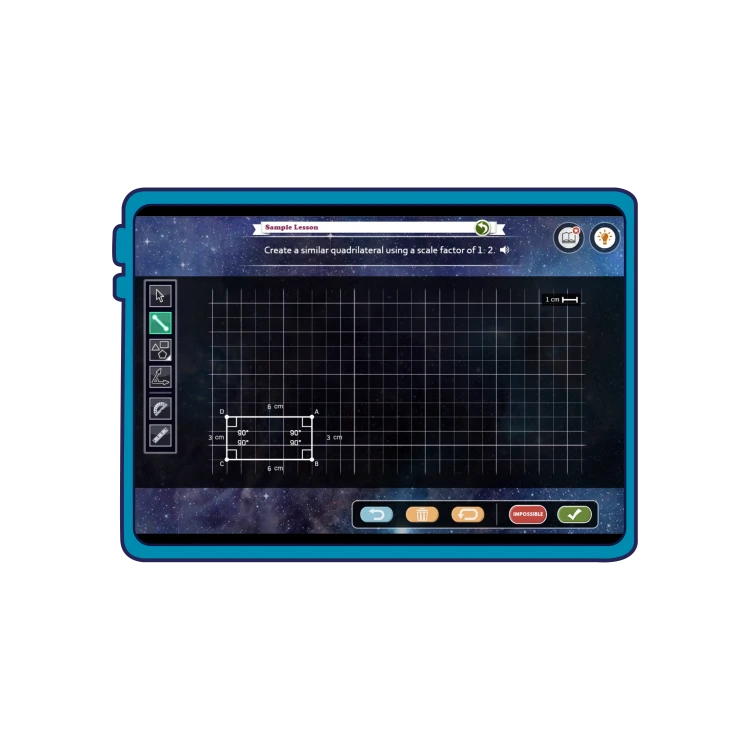
Geometry – Shapes
Curriculum focus: Properties, angles and symmetry.
DreamBox Maths’ manipulatives
- Interactive shape sorters.
- Angle dials.
- Symmetry mirrors.
Geometry – Position and direction
Curriculum focus: Coordinates, translation, rotation.
DreamBox Maths’ manipulatives
- Grid tools.
- Drag-to-move manipulatives.
Statistics
Curriculum focus: Reading/interpreting data.
DreamBox Maths’ manipulatives
- Table/graph builders.
- Visual data tools.
Algebra
Curriculum focus: Patterns, sequences and unknowns.
DreamBox Maths’ manipulatives
- Function machines.
- Bar models.
- Number line puzzles.
Ratio and proportion
Curriculum focus: Scaling and comparison.
DreamBox Maths’ manipulatives
- Bar models.
- Tape diagrams.
- Scaling simulations.
Other benefits include:
- Multiple representations: Students can approach a concept using a model that makes sense for them.
- Mastery through manipulation: Interacting with models repeatedly allows students to “see” the maths and make generalisations.
- Low cognitive load: Manipulatives scaffold working memory, allowing learners to focus on reasoning rather than recall.
- Concrete–Pictorial–Abstract (CPA) approach: DreamBox naturally progresses through CPA stages in each lesson sequence.
